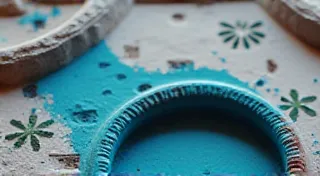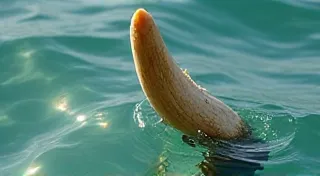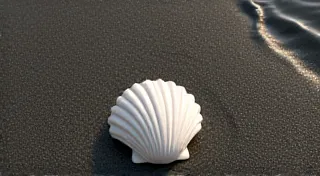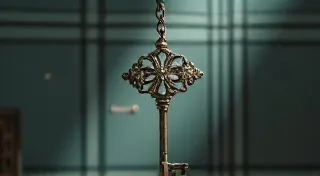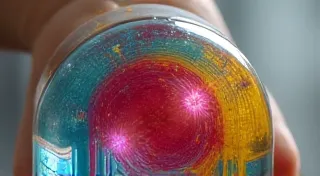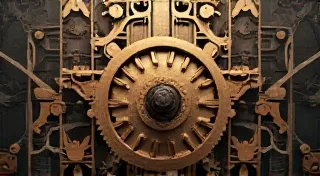The Weight of Inheritance: Family Board Game Collections Across Generations
There's a particular scent that clings to old board games: a mingling of aged cardboard, dried glue, and the faint whisper of countless evenings spent laughing, strategizing, and connecting. It’s a smell that transcends the material objects themselves, holding within it the echoes of family history, traditions, and the comforting rhythm of shared time. For many collectors of vintage board games, this aroma isn’t just a nostalgic trigger; it’s a key ingredient in a deeply personal and often profoundly emotional experience – especially when that collection arrives as an inheritance.
The inheritance of a board game collection isn’t simply the receiving of objects. It's the acceptance of a legacy, a tangible link to ancestors who found joy and connection through these seemingly simple games. It’s a responsibility to preserve not just the pieces, but the stories woven into their existence.
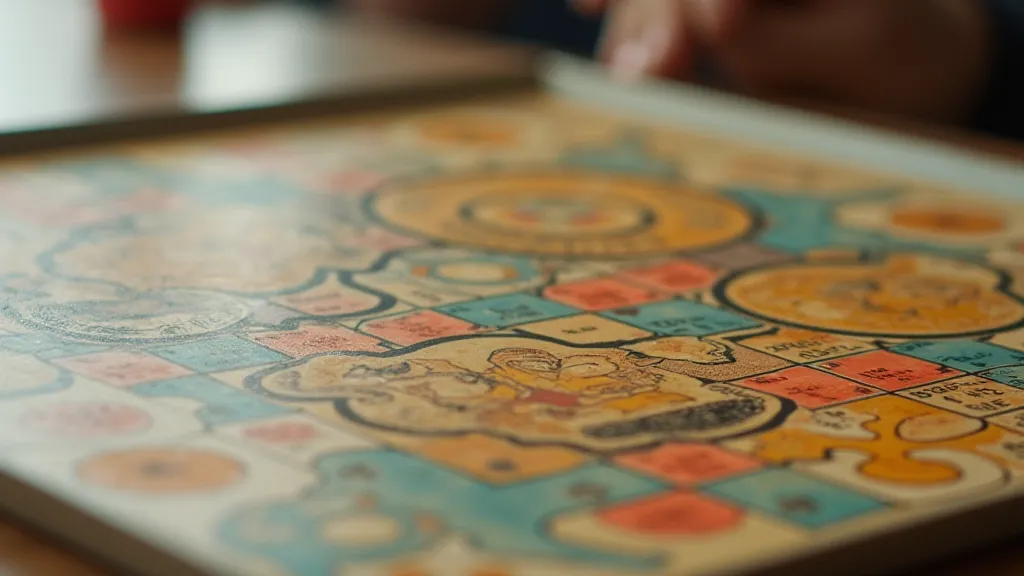
More Than Just Pieces: A Glimpse into the Past
Sarah, a librarian from Ohio, inherited her grandfather’s collection after his passing. “It wasn’t a huge collection, maybe thirty or so games,” she explains. “But each one felt so…him. He was a quiet man, not one for grand gestures, but I remember him always setting up a game of Parcheesi or Checkers after dinner. Seeing those games again, feeling the worn edges of the box, it was like he was there with me.”
The historical context surrounding these games adds another layer of significance. Many vintage board games reflect the societal norms, advertising trends, and even the political climate of their time. Consider "The Mansion of Happiness" (1843), one of the earliest American board games. Its morality-based gameplay, guiding players towards virtuous actions and punishing vices, offers a fascinating window into 19th-century values. Or the patriotic fervor embodied in games like "Liberty's Triumph" (1917), created during World War I.
“I was surprised by how much I learned about my grandfather through his games,” says Mark, a retired engineer from California. He inherited a sprawling collection that spanned several decades. “There was a copy of ‘Careers’ from the 1950s, and seeing the aspirations presented in that game – doctor, lawyer, engineer – it really highlighted the values he instilled in our family. It wasn’t just about winning; it was about achieving something, contributing to society.”
Craftsmanship and a Lost Art
Beyond the historical context, the quality of craftsmanship in many vintage board games is striking. Before mass production became the norm, games were often meticulously crafted by hand, featuring elaborate wooden pieces, beautifully illustrated boards, and sturdy, cloth-covered boxes. The attention to detail is a testament to the pride artisans took in their work. Contrast this with many modern games, often made with cheaper materials and designed for short lifespans.
“I’m a woodworker myself,” admits Emily, a collector from Vermont who inherited her great-aunt’s collection. “Seeing the quality of the wooden pieces in some of these older games – the detail in the carving, the weight of the materials – it’s breathtaking. They just don’t make them like that anymore. It’s a lost art, really.” The wooden pieces in games like "Game of Life" (early editions) and various early editions of Monopoly are particularly sought-after by collectors for their quality and uniqueness.
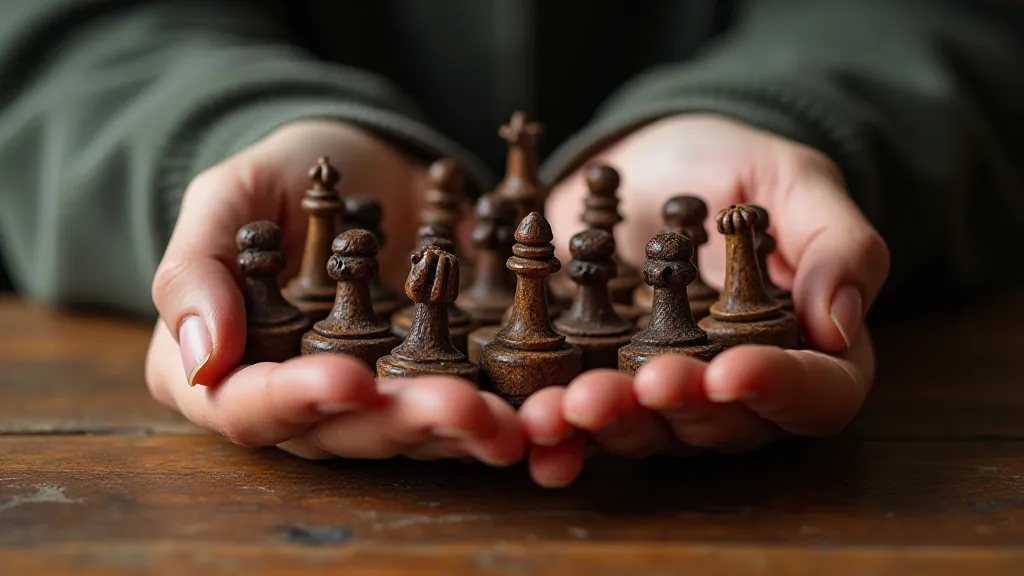
Preserving the Stories: Restoration and Responsibility
Inheriting a vintage board game collection often comes with a responsibility to preserve it. While some collectors prefer to leave their games in as-found condition, recognizing their historical wear and tear as part of their story, others choose to restore them, carefully cleaning and repairing damaged pieces.
“I’m very cautious about restoration,” says Sarah. “I want to honor the history of the games, so I only do minimal cleaning and repair. Replacing missing pieces feels like erasing a part of the game’s story.” Mark, on the other hand, took a more active approach. "I painstakingly restored several games, replacing missing cards and reinforcing the boxes. It was a labor of love, and it felt like a way to reconnect with my grandfather.”
Restoration, when done responsibly, can involve cleaning dust and grime, repairing torn box flaps, and replacing missing pieces with accurate reproductions (though authenticity is always a critical consideration for serious collectors). However, it's crucial to avoid aggressive cleaning methods that could damage the original materials. Seeking advice from experienced restorers is often a wise choice.
More Than Just a Collection: A Connection to Generations
Ultimately, the value of a vintage board game collection inherited across generations transcends monetary worth. It’s about the emotional connection to family history, the appreciation for craftsmanship, and the preservation of cherished memories. Each game becomes a portal to a different era, a tangible link to those who came before.
“I often find myself playing these games with my own children,” says Emily. “It’s a way to share my family’s history with them, to pass on the traditions and values that were so important to my ancestors. And it’s a reminder that, despite the passage of time, some things – like the joy of playing a board game with loved ones – remain timeless.”
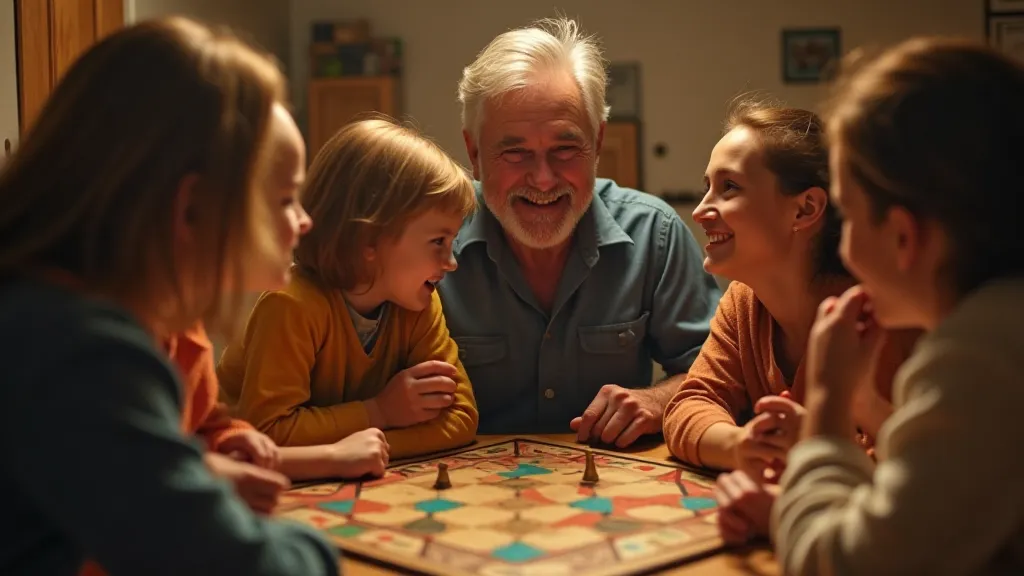
The weight of inheritance, in this context, isn't a burden, but a privilege – a chance to carry on a legacy of laughter, connection, and the enduring power of play.
